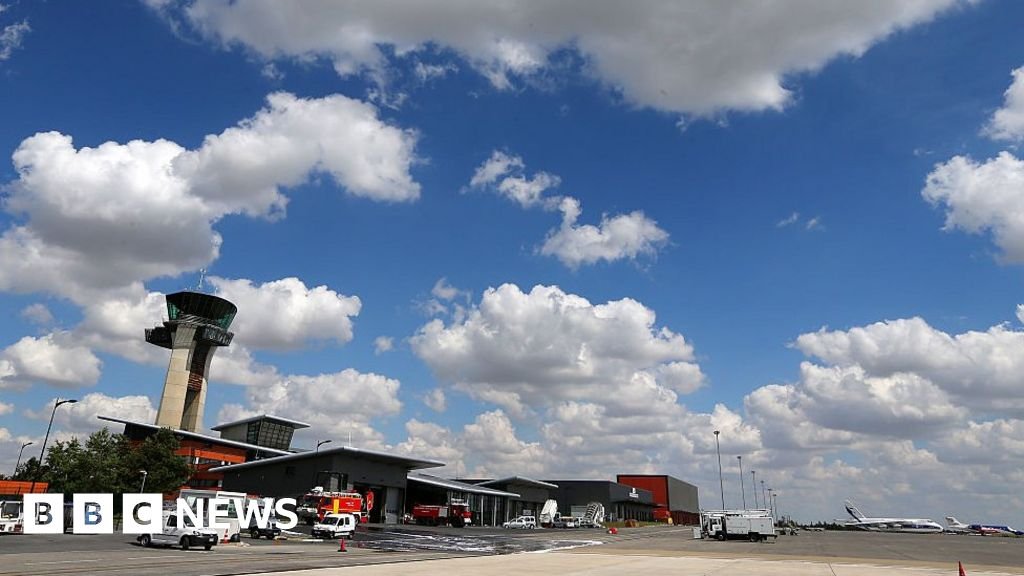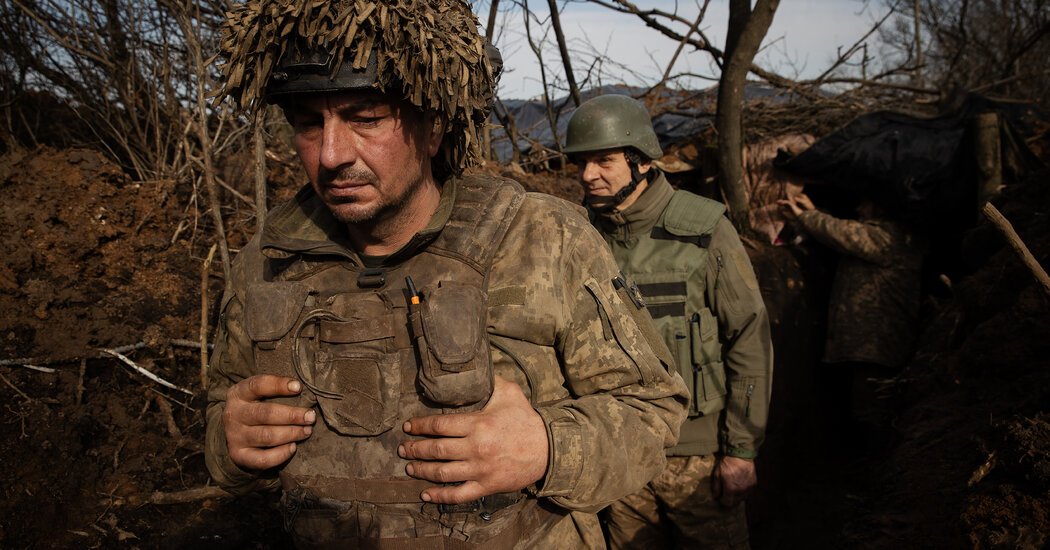More than 140 passengers and crew from a Singapore Airlines flight on which one person died during heavy turbulence finally reached Singapore on Wednesday, with 20 still fighting for their lives in a Bangkok hospital.
The London-Singapore flight on a Boeing 777-300ER plane diverted to Bangkok for an emergency landing on Tuesday after the plane was buffeted by turbulence that flung passengers and crew around the cabin, slamming some into the ceiling.
A 73-year-old British passenger died of a suspected heart attack, according to an airport official, and Bangkok’s Samitivej Hospital said 20 passengers were in intensive care, nine had undergone surgery, while five more were awaiting surgery.
Josh Silverstone, 24 from south London, woke up on the floor of the plane.

“I … didn’t realize what happened. I must have got hit in the head somewhere. Lots of people hit their head. Everyone was bleeding,” he told Reuters as he left the hospital on Wednesday evening after being treated. He had a cut on his eye.
He had been heading to Singapore for a holiday before meeting friends in Bali. He said he still hopes to make it to the Indonesian island.
Many passengers in the hospital still being treated had spinal injuries.
“I am lucky to be able to walk,” Silverstone said.
Photographs of the interior of the plane showed gashes in the overhead cabin panels, oxygen masks and panels hanging from the ceiling and luggage strewn around. A passenger said some people’s heads had slammed into the lights above the seats and broken the panels.
‘Completely horizontal’
“I saw people from across the aisle going completely horizontal, hitting the ceiling and landing back down in like really awkward positions. People, like, getting massive gashes in the head, concussions,” Dzafran Azmir, a 28-year-old student onboard the flight, told Reuters after arriving in Singapore.
Singapore Airlines flew 131 passengers and 12 crew on the relief flight from Bangkok, which reached Singapore just before 5 a.m. local time. There were 211 passengers including many Australians, British and Singaporeans, and 18 crew on the original flight. Injured fliers and their families remained in Bangkok.

“On behalf of Singapore Airlines, I would like to express my deepest condolences to the family and loved ones of the deceased,” Singapore Airlines CEO Goh Choon Phong said in a video message.
Officers from Singapore’s Transport Safety Investigation Bureau arrived in Bangkok on Tuesday night, Singapore’s Transport Minister Chee Hong Tat said.
As the incident involves a U.S. company, Boeing, which makes the 777-300ER aircraft, the U.S. National Transportation Safety Board (NTSB) was sending a representative and four technical advisers to support the investigation, he said.
The plane encountered sudden extreme turbulence, Goh said, and the pilot then declared a medical emergency and diverted to Bangkok.
Aircraft tracking provider FlightRadar 24 said the flight encountered “a rapid change in vertical rate, consistent with a sudden turbulence event” at 7:49 a.m. GMT, based on flight tracking data.
“There were thunderstorms, some severe, in the area at the time,” it said.
Thunderstorms in the area
The passenger Josh Silverstone said the crew had been “amazing” and the pilot “did well” to land the plane in such difficult conditions.
“I was scared of flying before and more now,” he said.
Weather forecasting service AccuWeather said on Tuesday that rapidly developing, explosive thunderstorms near the flight path of Flight 321 most likely contributed to violent turbulence.
“Developing thunderstorms often have strong updrafts, a zone of upward moving air, that rises very rapidly, sometimes at more than 100 mph [161 km/h], and can leave pilots with little time to react if it occurs directly in front of the plane,” said Dan DePodwin, AccuWeather’s senior director of forecasting operations.
The sudden turbulence occurred over the Irrawaddy Basin in Myanmar, about 10 hours into the flight, Singapore Airlines said.
‘Chances of bumps’
“It is not a rare occurrence for big thunderstorms in the Bay of Bengal. There are always the chances of bumps,” said an airline pilot who regularly flies to Singapore and Southeast Asia. The pilot declined to be identified because he is not authorized to speak to the media.
“We were about 30 miles off track flying around the thunderstorms two days ago on the way to Singapore,” the pilot added.
Turbulence has many causes, most obviously the unstable weather patterns that trigger storms, but this flight could have been affected by clear air turbulence, which is difficult to detect.
Sara Nelson, international president of the Association of Flight Attendants-CWA, representing over 50,000 workers at 20 airlines, said it is important for passengers to wear seatbelts whenever seated.
“It is a matter of life and death,” Nelson said.











